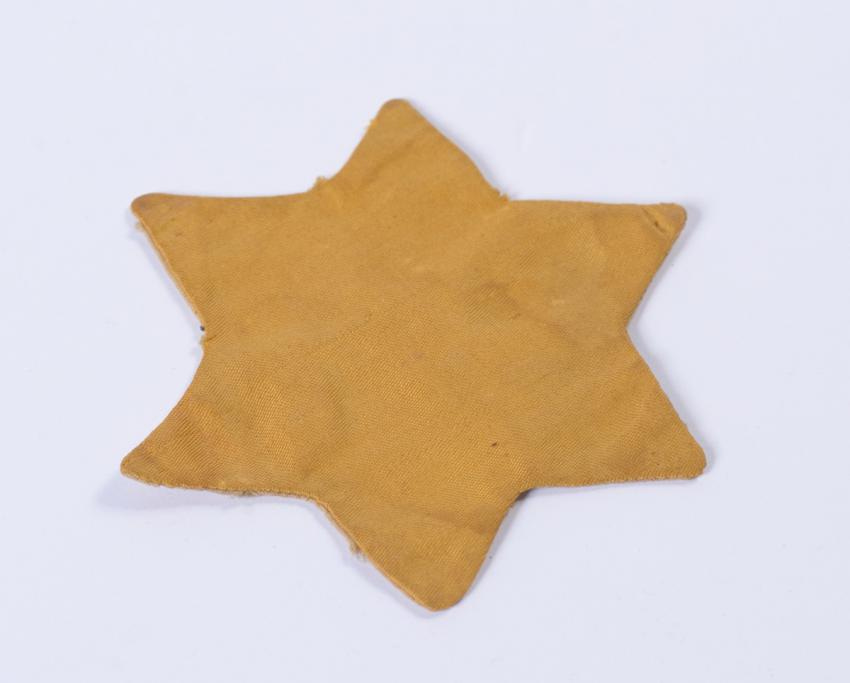
When Opapa returned to the United States after the war, he considered changing his last name from “Gerbner” to “Gardner” — mostly likely to assimilate into American culture and, possibly, to not be so identifiable as Jewish. He decided not to. I remember Opapa saying that his name, Gerbner, was one of the few things that remained of his father, and he didn’t want to abandon it.
Since Opapa could never find a record of Arpad’s death, I also remember him saying that he decided to keep the name “Gerbner” on the off-chance that if his father had survived (perhaps in a Russian work camp), he might come looking for his son. If Opapa changed his name to Gardner, his father might never find him.
In 2004, the year after I discovered that Opapa was Jewish (a story for a different post), I visited the Holocaust Memorial in Berlin, where you can search for names of Holocaust victims in a massive database. I hoped I might find evidence of Arpad — confirmation, after all these years, about what happened to him. I found a handful of other “Gerbners,” but no Arpad.
Since then, I’ve searched the databases every once in a while. As more and more records are digitized, it seemed possible that there might be some new information about Arpad. I’ve never found anything.
Until today.
After posting yesterday about Arpad Gerbner’s memorial urn, I decided to check the Holocaust and Shoah databases again.
There was no record of Arpad Gerbner on the US Holocaust Museum’s database, but I did find Arpadne Gerber (they misspelled Gerbner), Opapa’s mother Margit Muranyi. She is listed as a survivor in the US Holocaust Museum’s database. That was a new find.
Then, I checked the Yad Vashem database, and lo and behold: there was Arpad Gerbner. He was murdered on August 15, 1944. The record of his death is listed in the “Card catalogue of those who perished from the labor battalions and deportees from Hungary.”
I went back and looked at Opapa’s diary from August 1944, the month his father was murdered: he was in North Africa, waiting to be sent on a mission to Europe. The Nazis were on the defensive, and the Allies were beginning to close in on the Third Reich. In less than a year, the Germans would surrender. It’s painful to think about how close to the end of the war he lost his life.
The card catalogue containing Arpad’s death was compiled by the Honvédelmi Minisztérium, the Hungarian Ministry of Defense, between 1945-1954. It is not digitized, but according to the website, the digitized copy “may be publicly available here after 01.07.23.” The original is located at the Hadtörténeti Intézet és Múzeum, or Military History Museum, in Budapest.
The archival record is a compilation of different depressing lists. Here is the description from the Yad Vashem website:
The card file includes information about:
1) Jewish forced laborers from the labor battalions of the Hungarian Army
2) Prisoners in Soviet prison camps
3) Victims of crimes against the Jews within Hungarian territory; such as Jews killed by Arrow Cross men
4) Inmates of various concentration camps; including forced laborers who were deported from their labor camps to concentration camps at the beginning of 1945, and those who were deported from Hungary to concentration camps in spring-summer 1944.
If I had to guess, I would say Árpád belonged to category #3: “Victims of crimes against Jews within Hungarian territory; such as Jews killed by Arrow Cross men.”
It’s chilling information, and it doesn’t make anything “better,” but somehow, it feels important to know what happened to my great grandfather, and to remember it.



